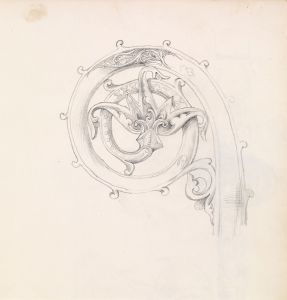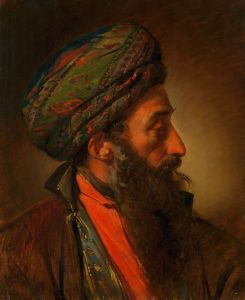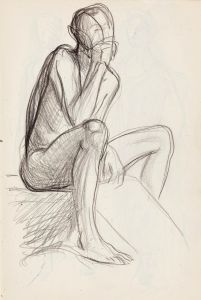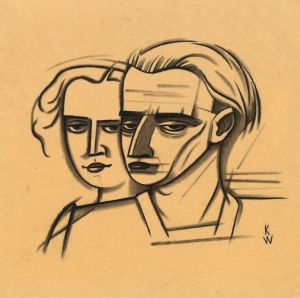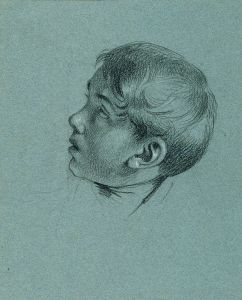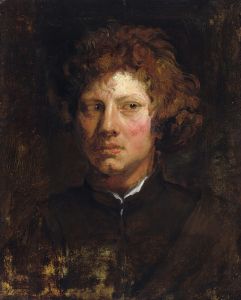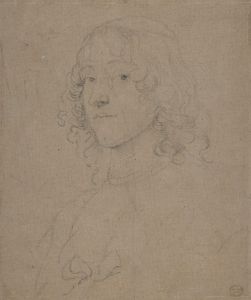
Head of a man
A hand-painted replica of Anthony van Dyck’s masterpiece Head of a man, meticulously crafted by professional artists to capture the true essence of the original. Each piece is created with museum-quality canvas and rare mineral pigments, carefully painted by experienced artists with delicate brushstrokes and rich, layered colors to perfectly recreate the texture of the original artwork. Unlike machine-printed reproductions, this hand-painted version brings the painting to life, infused with the artist’s emotions and skill in every stroke. Whether for personal collection or home decoration, it instantly elevates the artistic atmosphere of any space.
"Head of a Man" is a painting by the renowned Flemish Baroque artist Anthony van Dyck. Van Dyck, born in 1599 in Antwerp, was a prominent painter who became one of the most influential portraitists of the 17th century. He was a leading court painter in England and is best known for his portraits of King Charles I and his court.
The painting "Head of a Man" is a study that showcases Van Dyck's exceptional skill in capturing human expression and character. This work is believed to be a preparatory study, which Van Dyck often created as part of his process for larger, more complex compositions. These studies allowed him to experiment with different poses, expressions, and lighting before committing to the final work.
"Head of a Man" features a close-up view of a male subject, focusing on the head and shoulders. The subject's face is rendered with meticulous detail, highlighting Van Dyck's mastery of chiaroscuro—the use of strong contrasts between light and dark to achieve a sense of volume and three-dimensionality. The painting demonstrates Van Dyck's ability to convey the texture of skin, the play of light on the face, and the depth of the subject's gaze.
The identity of the man depicted in the painting is not definitively known, which is common for many of Van Dyck's studies. These works were often not intended to be formal portraits but rather exercises in capturing the essence of human expression. The subject's attire and the lack of specific attributes make it difficult to ascertain his exact identity or social status.
Van Dyck's technique in "Head of a Man" reflects his training under Peter Paul Rubens, another master of the Flemish Baroque. Van Dyck's brushwork is both precise and fluid, allowing him to create lifelike representations with a sense of immediacy and spontaneity. This approach was instrumental in establishing his reputation as a leading portraitist of his time.
The painting is part of Van Dyck's broader oeuvre, which includes numerous portraits, religious scenes, and mythological subjects. His work had a significant impact on the development of portrait painting in Europe, influencing subsequent generations of artists.
"Head of a Man" is housed in a museum collection, where it continues to be studied and admired by art historians and enthusiasts. The painting serves as an excellent example of Van Dyck's skill in capturing the human condition and his contribution to the Baroque art movement.
In summary, "Head of a Man" by Anthony van Dyck is a testament to the artist's ability to convey depth and emotion through his masterful use of light, shadow, and detail. While the identity of the subject remains unknown, the painting stands as a significant work within Van Dyck's prolific career, highlighting his influence on the art of portraiture.





